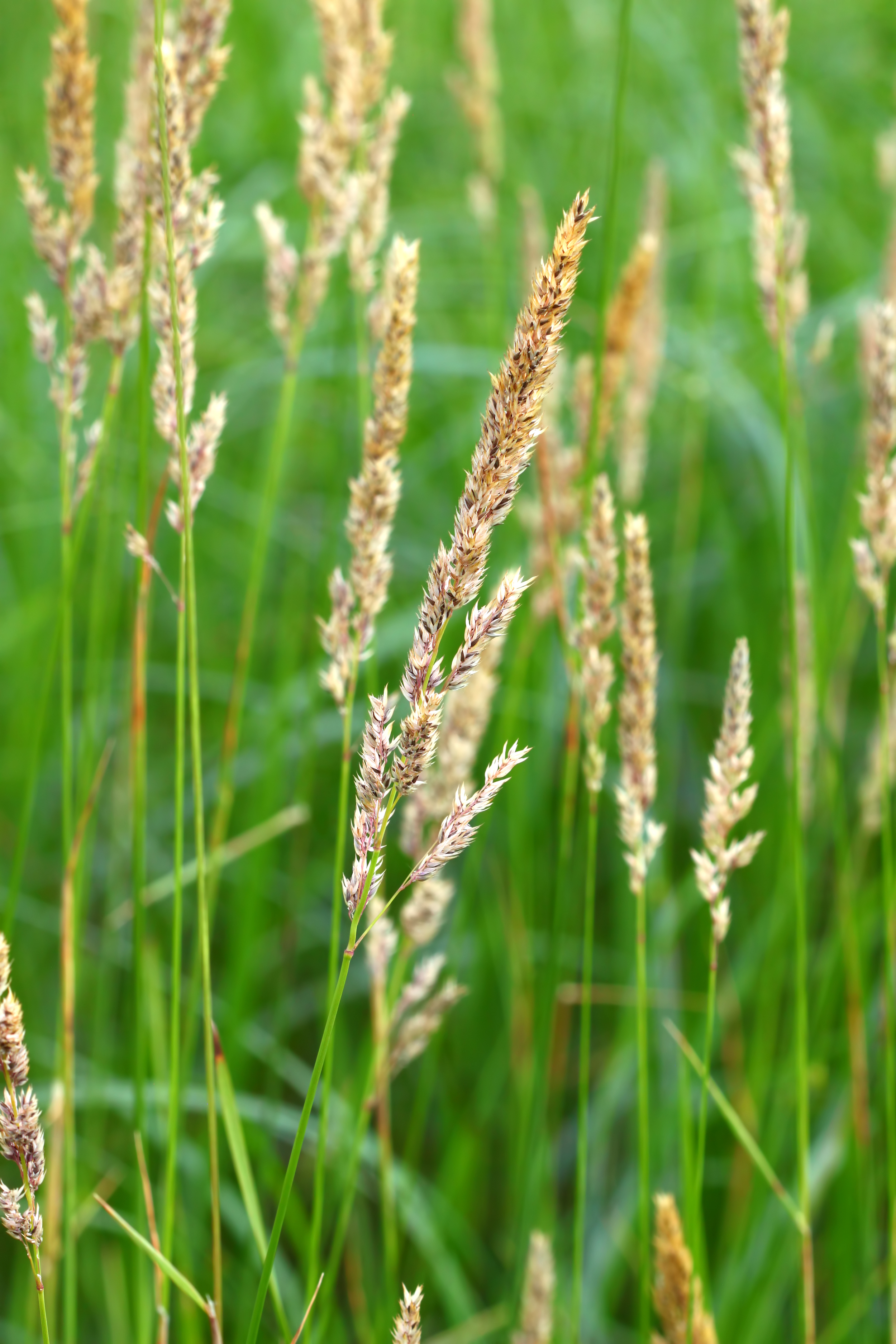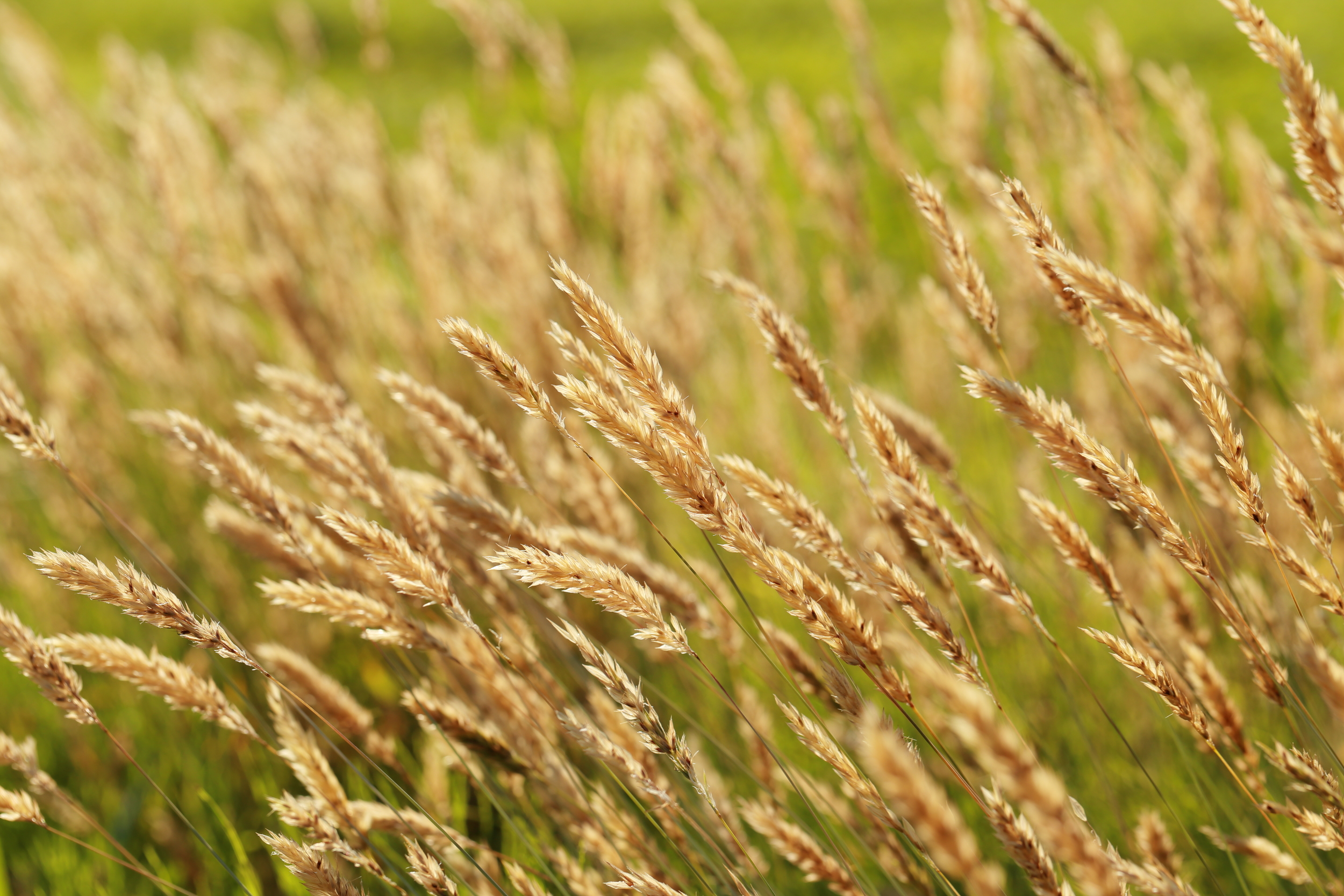Phalaris arundinacea (Reed canarygrass)
Large and robust, cool season, perennial rhizomatous sod-former. Adapted to poorly drained wet areas; long-lived. Prodigious forage producer, medium palatability when actively growing, otherwise only poor to fair. Extremely competitive and aggressive on adapted sites, typically forming a lasting monoculture to the detriment of all other species. Due to its extreme aggressiveness, use only in contained wet or sub-irrigated pastures, or consider a more palatable forage such as ‘Garrison’ Creeping meadow foxtail (Alopecurus arundinaceus). Though often considered native, Reed canarygrass should not be used in waterways or native restoration projects due to its aggressiveness. Consult your local county weed board before planting.
DISTRIBUTION / ADAPTATION
INFORMATION & ATTRIBUTES
Family: Poaceae
Duration: Perennial, long-lived
Growth Habit: Graminoid
Native Status: Native/Introduced
Season: Cool
Growth Form: Bunchgrass
Mature Height: 60 in.
Annual Precipitation: 30-65 in.
Drought Tolerance: Low
Shade Tolerance: Intolerant
Elevation:
Wetland Indicator Status: FACW
Fire Resistance: No
Fire Tolerance: High
SOIL ADAPTATION
Coarse Texture: No
Medium Texture: Yes
Fine Texture: Yes
Salinity Tolerance: Medium
CaCO3 Tolerance: Medium
pH Range: 5.5-8.0
SEEDING NOTES
Seeds per Pound: 537,900
Seeding Rate: 2-4 PLS lbs/acre
Season: Spring/Fall
Days to Germination:



